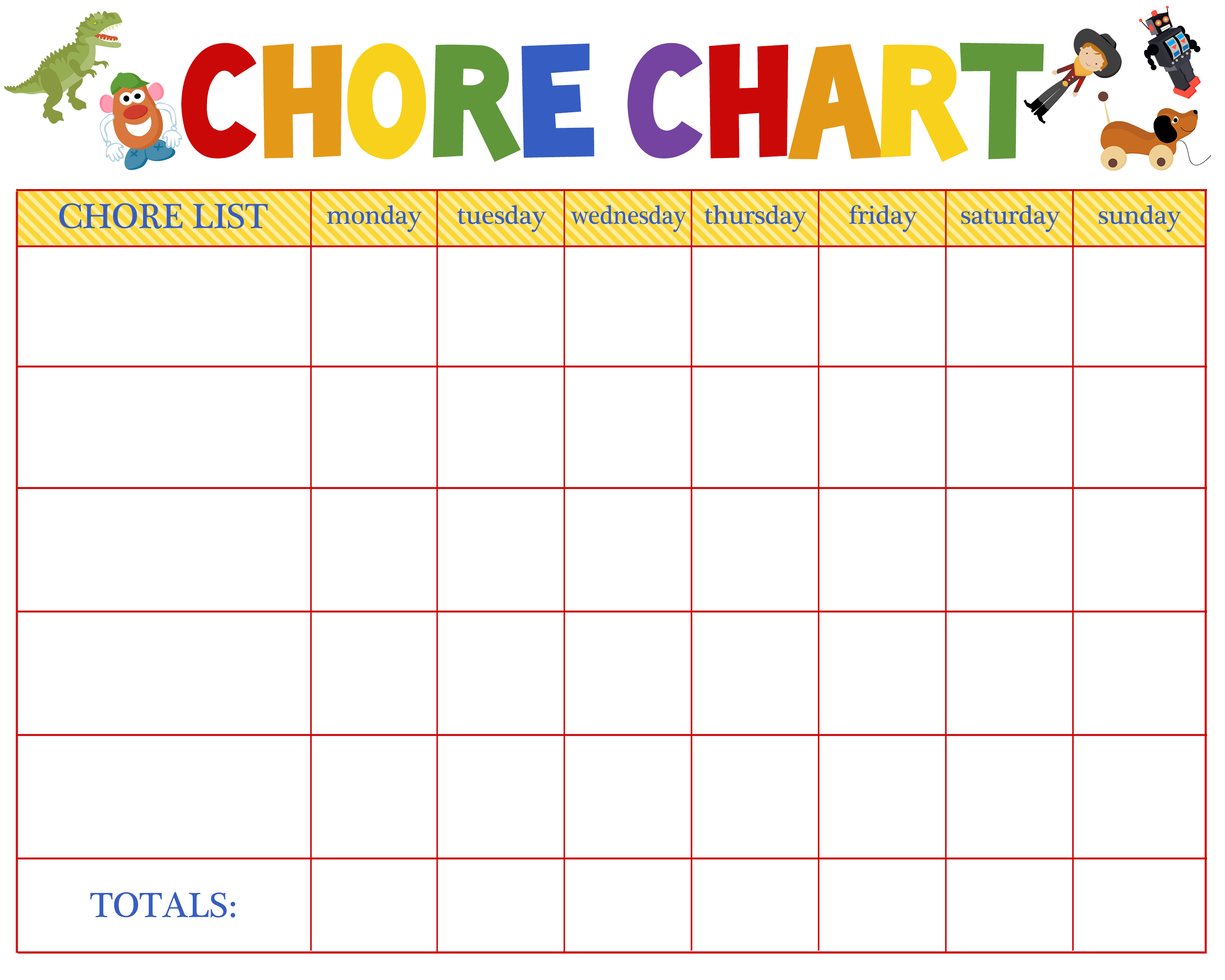As responsible and organized individuals, we understand the importance of managing our daily tasks and responsibilities. One of the most effective ways to achieve this is by using a Chore Chart. This simple yet powerful tool can help us plan and prioritize our tasks, achieve productivity, and develop good habits over time. In this post, we will explore the benefits of using a Chore Chart and provide a comprehensive guide on how to create one. First and foremost, let’s understand what a Chore Chart is and why it matters. A Chore Chart is a visual representation of the tasks and chores we need to complete on a daily, weekly, or monthly basis. It can be in the form of a table, a list, or a chart that outlines each task and assigns it to a specific person, group, or time frame. The purpose of a Chore Chart is to help us stay organized, accountable, and motivated to complete our tasks consistently. The benefits of using a Chore Chart are numerous and significant. Here are some of the key advantages: 1. Clarity: A Chore Chart provides clarity on what needs to be done, by whom and when. It eliminates confusion, misunderstandings, and procrastination by establishing clear expectations and deadlines. 2. Accountability: A Chore Chart holds us accountable for completing our tasks. It helps us take ownership of our responsibilities and avoid relying on others to do our work for us. 3. Motivation: A Chore Chart motivates us to complete our tasks by providing a sense of accomplishment and progress. It helps us see the tangible results of our efforts and develop positive habits over time. 4. Team building: A Chore Chart can be used to involve and engage the whole family or team in household or work-related chores. It promotes unity, cooperation, and mutual support by assigning tasks based on strengths and preferences. Now that we understand the benefits of using a Chore Chart let’s go through the steps of creating one. Step 1: Define your tasks and timeframe The first step is to identify the tasks that need to be completed and the timeframe in which they need to be accomplished. This can include daily, weekly, monthly or yearly tasks such as cleaning, laundry, cooking, grocery shopping, bill payment, and other household or work-related chores. You should also consider who will be responsible for each task and how long it will take to complete. Step 2: Choose a Chore Chart format The next step is to choose a Chore Chart format that suits your needs and preferences. There are several options to choose from, such as a table, a list, or a chart. You can also customize the format to fit your unique requirements, such as adding additional columns or rows. Step 3: Assign tasks to individuals or groups Once you have defined your tasks and chosen a Chore Chart format, the next step is to assign tasks to specific individuals or groups. This can be done based on availability, skillset, preference, or rotation. Assigning tasks to individuals or groups will ensure accountability, clarity, and fairness. Step 4: Set deadlines and incentives To ensure that tasks are completed in a timely and efficient manner, you may want to set deadlines and incentives. Deadlines can provide a sense of urgency and motivation to complete tasks on time, while incentives can reward and encourage individuals or groups for their efforts. Incentives can be in the form of rewards, bonuses, or recognition. Step 5: Review and adjust regularly Finally, it’s important to review and adjust your Chore Chart regularly. This will help you identify any issues, make necessary adjustments, and ensure continued success. You may need to modify tasks, deadlines, or incentives based on changing circumstances or feedback from individuals or groups. In conclusion, using a Chore Chart can be a powerful tool for achieving productivity, organization, and good habits. With the right mindset, planning, and execution, you can create a Chore Chart that works for you and helps you achieve your goals. So start your Chore Chart today and enjoy the benefits of a more organized and responsible life!
Chore Chart Blank
 As you start to create your own Chore Chart, you may want to use this blank template as a starting point. You can customize it to fit your individual needs and preferences. Print it out and fill in the tasks, columns, and rows based on your specific situation.
As you start to create your own Chore Chart, you may want to use this blank template as a starting point. You can customize it to fit your individual needs and preferences. Print it out and fill in the tasks, columns, and rows based on your specific situation.